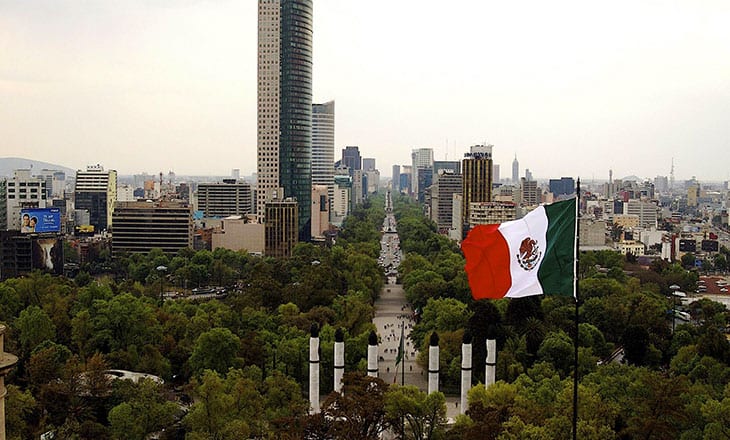The global remittance market, the movement of funds from various diaspora across the globe back to their home country, is a mammoth market. The World Bank Group expects remittances in 2019 to grow to $715 billion, and its shear size has spawned a multitude of startups over the past two decades, eager to run circles around banks with newer technologies. Blockchain technology shines its best in the cross-border payment arena, and this disruptive technology threatens to reshape this industry from the ground up.
MoneyGram, one of the market leaders in remittances, has recently announced that its U.S. to Mexico remittances are now crypto-enabled by 10%, an achievement that has been reached after Ripple made a $50 million investment in the firm and partnered with them back in June. There was not much in the way of specifics as to what this 10% figure related to, but market data estimates of the Mexico portion of the market is roughly $28 billion, of which Moneygram holds a 16% share, about $5 billion a year.
One of the formidable barriers to entry for the remittance market is the need for a multitude of bank accounts in which the provider has no presence, not an easy task when banks almost shun completely this endeavor. From these funding accounts, there also needs to be an extensive network that pushes funds out to remote domestic locations, typically for the underserved in the banking world. Industry statistics suggest that less than 1% of this business is digitized, primarily because bank accounts are scarce. Volumes related to ATM transfer/withdrawals are not included in this figure.
When the partnership with Ripple was announced in June, Brad Garlinghouse, the CEO of Ripple, spoke specifically in the press release to the basic banking benefits that his network would bring to the MoneyGram process, not dwelling on the timeliness and low cost nature of the blockchain that would also enhance the delivery of funds to its designated endpoint:
This will eliminate the need to deploy foreign bank accounts. That’s why MoneyGram has negative working capital. It will help customers and also smooth out their treasury operations.
When MoneyGram CEO Alex Holmes delivered his recent comments, they came from the stage of Ripple’s annual “Swell” conference, a time when Ripple touts its successes and plans for innovation in the coming year. Holmes attributed the 10% benefits to Ripple’s “On-Demand Liquidity” (ODL), formerly known as “xRapid”. The service uses the XRP token to link up various fiat currencies. Of Ripple’s 300+ clients, the company has stated that 24 of them have already signed up to use ODL services. The Bank of Peru, a $43 billion financial institution, also announced at the Ripple conference, to an appreciative Garlinghouse, its intent to use ODL for its cross-border payment service.
When reporters from CoinTelegraph pressed Holmes for more details about his “10%” revelation, his reply was as follows:
The 10% relates to the ODL (On Demand Liquidity) platform and represents the percent of our Mexican peso volume that we trade. We take USD and buy Mexican pesos. We continue to work with Ripple to build liquidity. We now have four new corridors we are starting, including the Philippine peso and Australian dollar. True success will be determined by others joining the platform, so it’s early days.
Read more:
